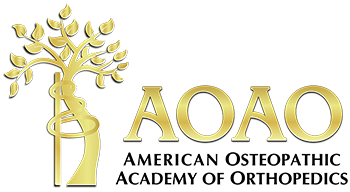1Howard C, 2Gaddis C, 2Ho C, 2McCorkle C, 3Norris B, 4Checketts J
1Oklahoma State University Center for Health Sciences, Tulsa, OK, United states; 2University of Oklahoma, Tulsa, OK, United states; 3St. Francis Health System, Tulsa, OK, United states; 4Oklahoma State University Medical Center, Tulsa, OK, United States
Introduction
Treatment of long bone nonunion is difficult and associated with known complications and failure rates. Nonunion can occur for many reasons but bone defect and devitalized/infected bone are common. In these situations, many have advocated for use of the Masquelet technique followed by bone graft. Masquelet involves debridement of the defective bone with placement of a temporary antibiotic spacer. Four to six weeks later, the antibiotic spacer is removed, and bone grafting is performed. The use of the Masquelet technique combined with reamer-irrigator-aspirator (RIA) harvested bone graft has been a successful treatment method for lower extremity long bone nonunions. However, literature and evidence for similar upper extremity (UE) nonunions is sparse. This study evaluates the use of Masquelet technique and RIA bone grafting for treatment of UE fracture nonunions.
Methods
A retrospective chart review was performed on patients who underwent RIA and Masquelet techniques for UE fracture nonunion between 2009-2020. All patients had prior surgical treatment of a humerus, radius, and/or ulna, resulting in nonunion. All nonunions were treated with Masquelet technique and RIA intramedullary bone grafts. Demographic data was collected, along with medical comorbidities. The primary outcomes included rate of successful bone healing, time to fracture union, and postoperative complications.
Results
A total of 38 patients (mean age 54 years, 20 females and 18 males) with upper extremity nonunion were evaluated and follow-up data was available for 23 of these patients. 15 patients (39.47%) were lost to follow-up, which is reflective of a trauma population. Following the Masquelet with RIA bone graft, 20 of the 23 (86.95%) nonunions healed. Of the three persistent nonunions, two healed upon a tertiary procedure, and one is still awaiting further treatment. The mean healing time was 22.77 ± 9.76 weeks. Four complications occurred: 1 hematoma, 1 wound dehiscence, 1 infection, and 1 subacromial bursitis needing hardware removal.
Conclusion
This study suggests the Masquelet technique and RIA bone grafting can be an effective surgical treatment for upper extremity fracture nonunion. The high success rate (86.95%) and mean healing time of 22.8 weeks indicate that this treatment is a viable option for patients who have failed previous surgical treatments. Additionally, the limited complications suggest this technique is a promising strategy. Further studies with larger sample sizes and longer follow-up periods are needed to confirm these findings.


